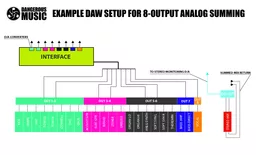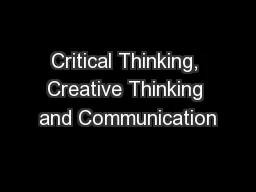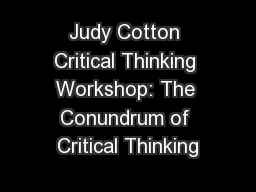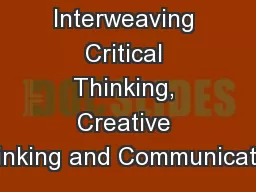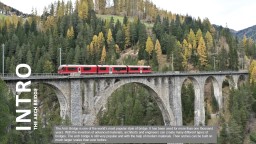PPT-Thinking Out Loud to Bridge the Classroom and Practice
Author : jones | Published Date : 2024-02-02
Hoan Linh Banh BSc Pharm PharmD Associate Professor Faculty of Pharmacy and Pharmaceutical Sciences INTRODUCTION Problem based learning PBL Studentcentred
Presentation Embed Code
Download Presentation
Download Presentation The PPT/PDF document "Thinking Out Loud to Bridge the Classroo..." is the property of its rightful owner. Permission is granted to download and print the materials on this website for personal, non-commercial use only, and to display it on your personal computer provided you do not modify the materials and that you retain all copyright notices contained in the materials. By downloading content from our website, you accept the terms of this agreement.
Thinking Out Loud to Bridge the Classroom and Practice: Transcript
Download Rules Of Document
"Thinking Out Loud to Bridge the Classroom and Practice"The content belongs to its owner. You may download and print it for personal use, without modification, and keep all copyright notices. By downloading, you agree to these terms.
Related Documents



